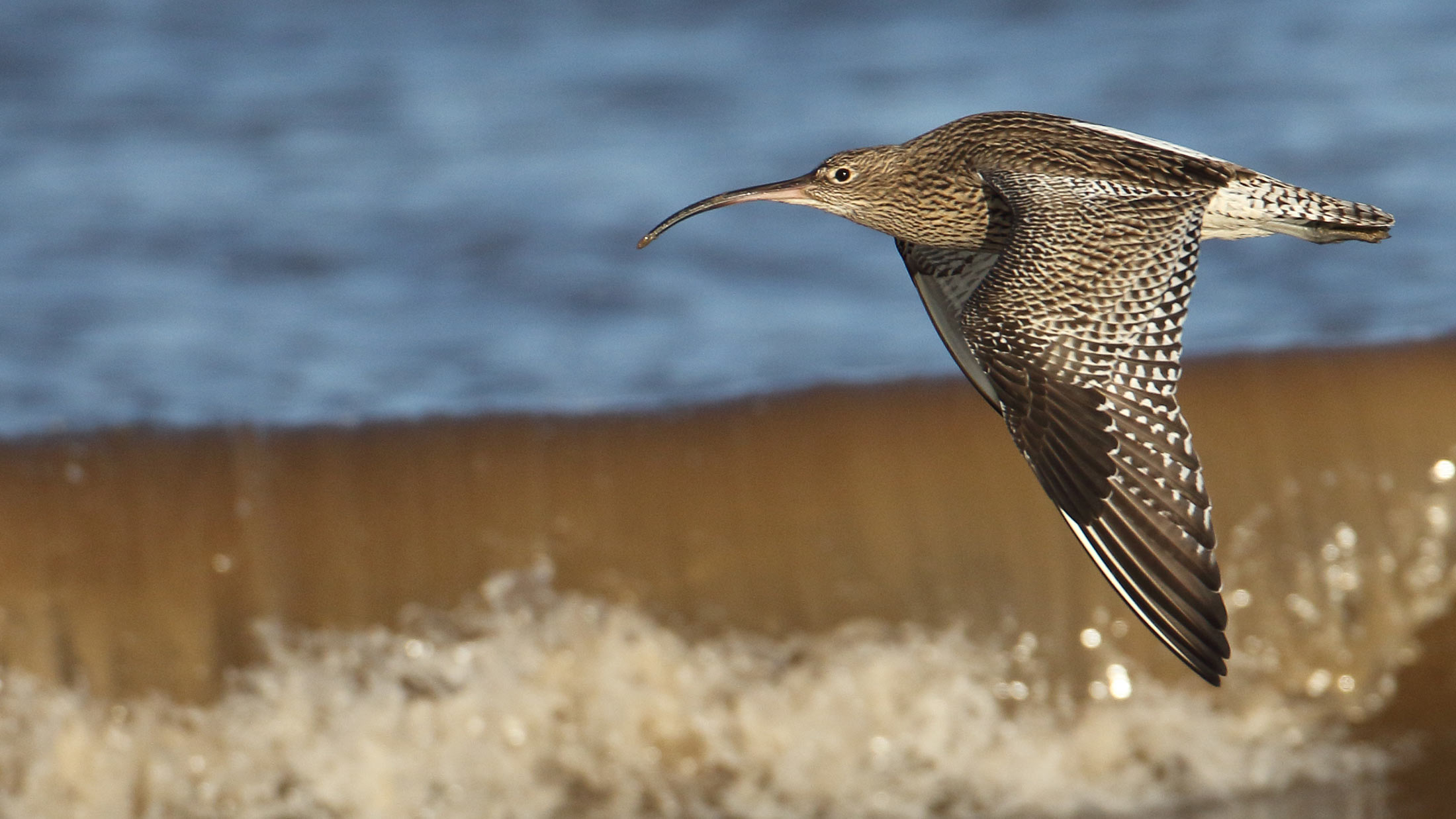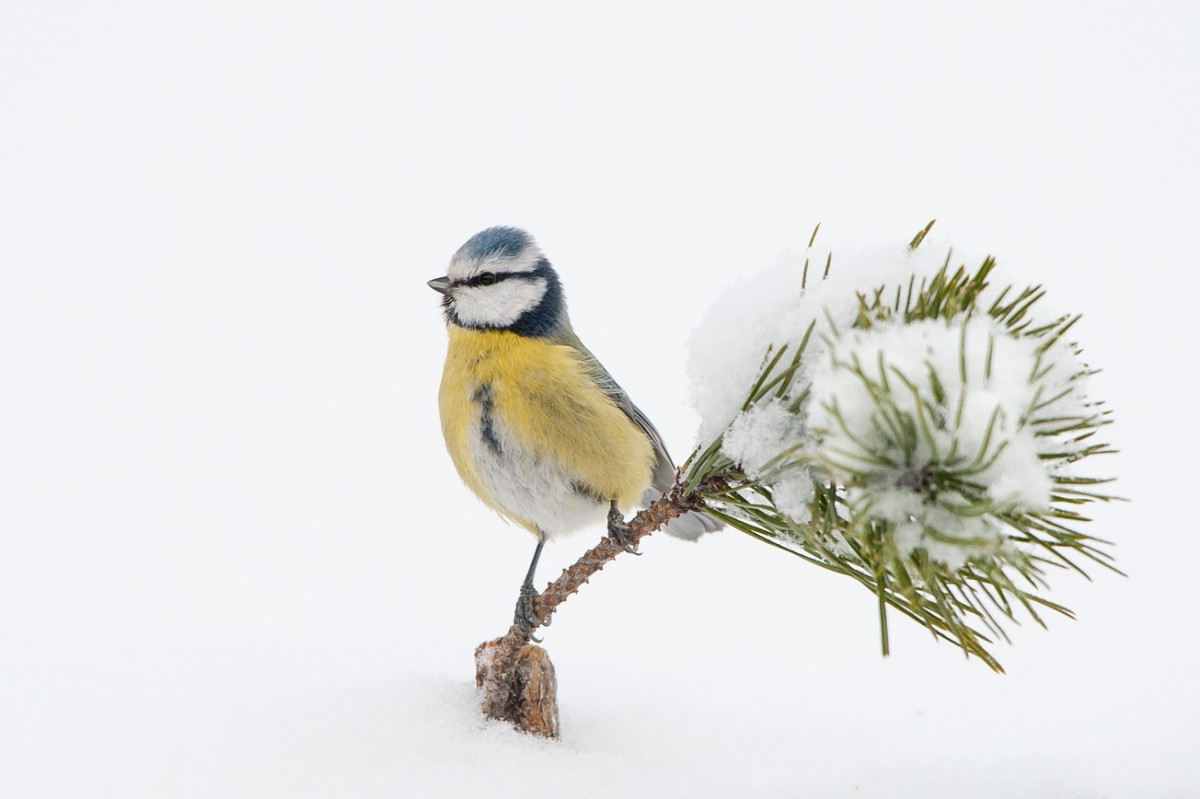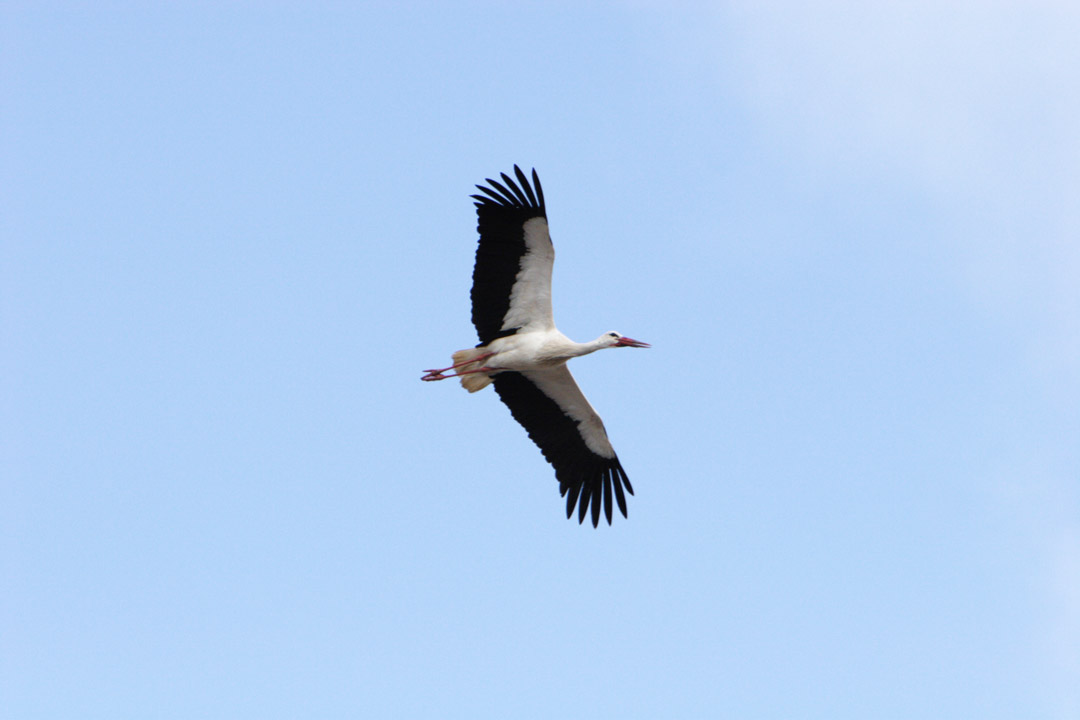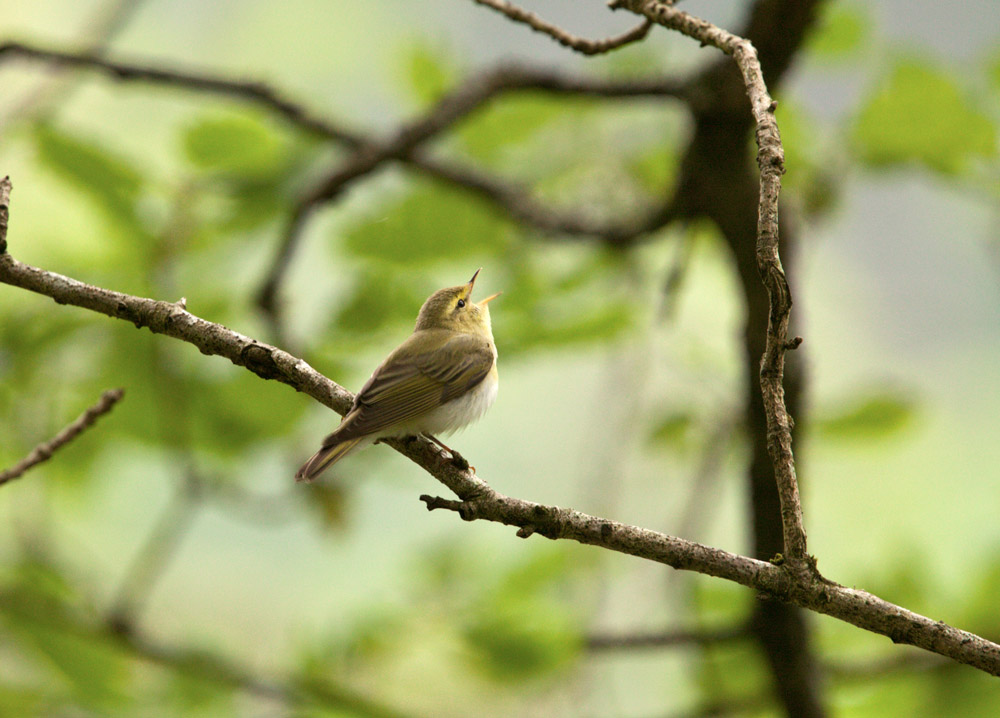BTO Research Reports are scientific papers that have been self-published by the BTO. The following is a full list of the published BTO research reports. Most are free to download, and links to Abstracts are included where possible.
Numbers missing from the list are those allocated but which were never produced or which have not been published. BTO recognises that, particularly in respect of commercially sensitive cases, a period of confidentiality is appropriate for some projects. However, in the interests of scientific development and dissemination of information, we encourage clients to permit publication as soon as it is reasonable to do so.
- If you wish to purchase a physical copy of a report please contact researchreports@bto.org.
- More information about our Annual Service reports to JNCC 1992-2005.
Assessment of recent Hen Harrier population trends in England through population modelling
This study uses a population modelling approach to explore the effects of changes in rates of productivity, survival, and settlement on population growth in the English population of Hen Harriers.

Search
Individual, sexual and temporal variation in the winter home range sizes of GPS-tagged Eurasian Curlew Numenius arquata
Author: Mander, L., Nicholson, I., Green, R., Dodd, S., Forster, R. & Burton, N.
Published: 2022
Widespread declines in breeding performance have caused the IUCN to classify the Curlew as near-threatened. The UK hosts an internationally significant overwintering population, but conservationists fear that impending habitat loss due to sea-level rise will put even greater pressure on this struggling species. Building new intertidal habitat to compensate for these losses is one viable counteraction, but in order to make effective management decisions, we must first understand how Curlew use their winter home range.
24.11.22
Papers Bird Study

Evidence that rural wintering populations supplement suburban breeding populations
Author: Hanmer, H.J., Dadam, D. & Siriwardena, G.M.
Published: 2022
Urban areas can and do hold significant populations of birds, but we know surprisingly little about how these populations are connected with those present within the wider countryside. It has been suggested that the populations using these different habitats may be linked through seasonal movements, with individuals breeding in rural areas moving into urban sites during the winter months to exploit the supplementary food provided at garden feeding stations. However, little work has been done to test this hypothesis.
24.11.22
Papers Bird Study

Framework for assessing and mitigating the impacts of offshore wind energy development on marine birds
Author: Croll, D.A., Ellis, A.A., Adams, J., Cook, A.S.C.P., Garthe, S., Goodale, M.W., Hall, C.S., Hazen, E., Keitt, B.S., Kelsey, E.C., Leirness, J.B., Lyons, D.E., McKown, M.W., Potiek, A., Searle, K.R., Soudijn, F.H., Rockwood, R.C., Tershy, B.R., Tinker, M., VanderWerf, E.A., Williams, K.A., Young, L. & Zilliacus, K.
Published: 2022
24.11.22
Papers

Standardised empirical dispersal kernels emphasise the pervasiveness of long-distance dispersal in European birds
Author: Fandos, G., Talluto, M., Fielder, W., Robinson, R.A., Thorup, K. & Zurell, D.
Published: 2022
Birds move a lot during their lifetime! One of the most important forms of movement is dispersal: when birds move out of the immediate area in which they were born (natal dispersal) or when they change location between successive breeding attempts (breeding dispersal). Understanding dispersal movements can provide insight into species’ distribution, gene flow and protection needs. Unfortunately, data which demonstrate how far and often birds move during dispersal is difficult to collect and analyse, and so many questions about these behaviours remain unanswered. Ringing data collected by volunteers are a potential source of information on bird dispersal, but specialist methods must be employed if they are to be analysed correctly.
17.11.22
Papers

Loop-migration and non-breeding locations of British breeding Wood Warbler Phylloscopus sibilatrix
Author: Burgess, M., Castello, J., Davis, T. & Hewson, C.
Published: 2022
New research has revealed the wintering grounds and migration stopovers of British-breeding Wood Warbler, a declining species on the UK Birds of Conservation Concern Red List.
16.11.22
Papers
